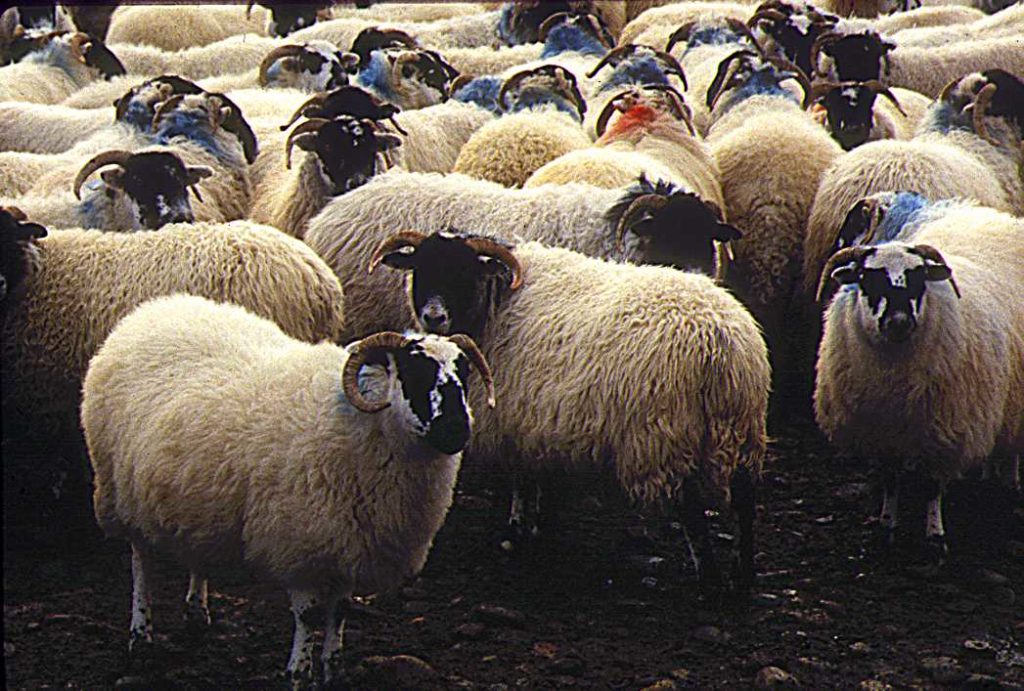Culling Decisions For Ewes
11 October 2019Keeping unproductive ewes decreases the breeding potential of the flock, as well as the cost associated with the system. Ewes which are unproductive, should be drawn out before the tup is introduced and the next breeding season begins.
There are various reasons why a ewe may be unproductive, these may be for the following reasons,
- Health issues
- Age
- Problem ewes
- Poor genetic progress
Health Issues
Health problems within a flock can be expensive in terms of time, cost and resources. These may include feet problems such as foot rot, etc., which will reduce the amount of time the ewe will stand and forage, having an effect on her condition and productivity. Mastitis would be another health issue to ensure was culled out of the flock, with any abnormal udders being removed. Mastitis reduces milk production and the growth rate in the lamb.
Age
Age is another factor to consider, as a ewe gets older the quality and quantity of her colostrum and milk supply can decrease, which can have an effect on the lambs early immunity as well as growth. Another reason to cull on age, is to ensure she is culled while she is still fleshed and holds a good cull value.
Problem Ewes
Problem ewes host a number of issues, from difficult lambings the year before, to raising poor lambs. With management data, you can identify these ewes who haven’t performed throughout the cycle including breeding, lambing and lactation. Any ewes who have lambs underperforming up to weaning should be drafted out, this can be recorded using the lamb’s weight at 90 days old to see the poor performers and again at weaning time.
Poor Genetic Progress
The final group of potential cull ewes would be any ewes who lambed late e.g. 3rd or 4th cycle. These ewes should be identified unless, the delayed lambing has been due to a management problem, such as poor nutrition at tupping time, or an infertile tup. If there have been ewes lambing late, then a management change for this next breeding year could be removing the tup at the end of second cycle (34 days).
Remember the decision to cull ewes should also include various other factors such as the feed and forage supplies available on farm and the requirement of cash flow to the business.
Managing Cull Ewes
Once ewes have been chosen to cull, then manage these as you would a finishing lamb, by monitoring their weight gains over the feeding period to ensure you are meeting your market specifications. Once a ewe either stops gaining weight or reaches her target weight, the she should be sold to reduce wastage in the system. However, it may not always be economical to flesh the ewes, understand your market place to aid this decision.
Remember when these ewes are sent to either the market or abattoir they should be fully identifiable, with two identical ear tags, one electronic, the other management, with the same unique numbers on both tags.
Kirsten Williams, kirsten.williams@sac.co.uk
Sign up to the FAS newsletter
Receive updates on news, events and publications from Scotland’s Farm Advisory Service

